#Arctic Ocean
Text
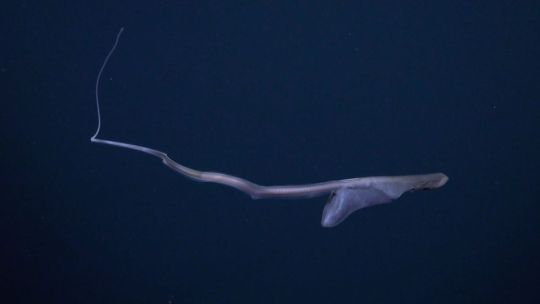
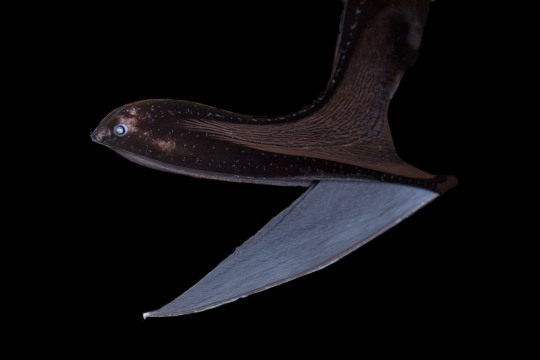
youtube
The Can-do Pelican Eel
The pelican eel, also known as the gulper eel (Eurypharynx pelecanoides), are the only known species of eel in the family Eurypharyngidae. They are found exclusively in the deeper parts of the water column, from depths of 500 up to to 3,000 m (1,600 to 9,800 ft), but are distributed throughout all the world's oceans.
The gulper eel is perhaps most famous for its unique body shape. Like many deep-sea fish, this species is highly adapted to its environment; maximum energy efficiency is the highest priority. To that end, the pelican eel has a large head, and a jaw estimated to be quarter of the total length of its body. The jaw is loosely hinged, meaning that gulper eels can open their mouths extremely wide. The rest of the eel, in contrast, is quite slender and long, about 0.75 m (2.5 ft) in length on average. Most individuals are black--so black, in fact, that they only reflect 0.5% of light; perfect for hiding from potential predators.
Although they look skinny, E. pelecanoides can expand their stomachs to hold prey much larger than themselves. Their primary prey consists of crustaceans and cephalopods, though they may feed opportunistically on other fish. Because it is so well camouflaged, it uses bioluminescent organs on the tip of its tail to attract prey. Gulper eels themselves are preyed upon by lancetfish and other larger deep-sea fish. To deter predators, they will gulp down a large amount of water; this stretches the loose skin around their head and throat, and inflates them to several times their usual size.
Because of their remote location, the breeding habits of gulper eels are relatively unknown. However, it is believed that smell plays a large part in attracting a mate, as pelican eels have highly developed olfactory organs. Like other eels, they're born as tiny, transparent larvae in a state known as the leptocephalus stage. At this stage, they do not have any red blood cells. Researchers aren't sure how long it takes gulper eels to become fully mature, or how long they live, but many believe that adults die shortly after mating.
Conservation status: The population size of E. pelecanoides has not been assessed, and thus the IUCN has not made a determination on its status. The greatest threat for this species is deep-sea trawling, which frequently brings up gulper eels as by-catch.
Photos/Video
Paul Caiger
Schmidt Ocean Institute
EV Nautilus Team (I highly recommend checking out their 2023 highlights reel!)
#pelican eel#gulper eel#Anguilliformes#Eurypharyngidae#eels#ray-finned fish#bony fish#fish#pelagic fauna#open ocean fauna#pelagic fish#deep sea#deep sea fish#Atlantic Ocean#Pacific Ocean#Indian Ocean#Arctic Ocean#Southern Ocean#animal facts#biology#zoology#ecology#marine fauna#marine fish#Youtube
106 notes
·
View notes
Text
The 1987 Montreal Protocol, which phased out the production and use of chemicals that were depleting the ozone layer, has long been considered one of the most successful environmental treaties in history. New research finds that the global pact achieved another unforeseen benefit: delaying the melting of Arctic sea ice.
In a study published Monday in the Proceedings of the National Academy of Sciences, researchers from the University of Exeter and Columbia University found that the implementation of the Montreal Protocol is delaying the first ice-free Arctic summer by up to 15 years. That’s because the chemicals banned under the agreement are also potent greenhouse gases.
“Our results show that the climate benefits from the Montreal Protocol are not in some faraway future: the protocol is delaying the melting of Arctic sea ice at this very moment,” Lorenzo Polvani, one of the study’s authors, said in a press release.
The study authors ran a series of climate models based on two different scenarios: one that included levels of ozone-depleting substances that would be expected if the Montreal Protocol never existed, and another accounting for the global treaty. The researchers concluded that the protocol is postponing the first ice-free Arctic summer by a decade or more, and entirely due to the phasedown of ozone-depleting chemicals.
The Montreal Protocol was created to address a hole in the stratospheric ozone layer over the Antarctic. The ozone layer protects the Earth from harmful ultraviolet radiation that causes skin cancer and cataracts in humans. The treaty phased out almost 100 chemicals — including aerosols used in hair spray and other products, refrigerants, and solvents — that were found to be responsible for destroying stratospheric ozone.
Those banned chemicals, collectively called ozone-depleting substances, or ODS, are also potent greenhouse gases, with up to tens of thousands times the global warming potential of carbon dioxide. The report authors estimate that 1 metric ton of avoided ODS emissions leads to 7,000 square meters (more than 75,000 square feet) of avoided Arctic sea loss. By way of comparison, 1 metric ton of carbon dioxide emissions results in about 3 square meters (about 32 square feet) of sea ice loss.
Given the potency of ODSs as a greenhouse gas, the authors are not surprised at this outsize impact on Arctic sea ice levels. “Nonetheless, such a large mitigating impact of the Montreal Protocol on Arctic sea ice loss is remarkable if one keeps in mind that the protocol was aimed at preventing ozone depletion in the Antarctic stratosphere, and little was known of its effect on Arctic sea ice when the protocol was signed,” the authors noted.
According to their projections, the Montreal Protocol has already prevented more than half a million square kilometers (about 193,000 square miles) of sea ice loss. By 2030, that amount will rise to more than 1 million square kilometers, and to 2 million square kilometers of prevented Arctic sea ice loss by 2040.
-via Grist, 5/24/23
#arctic#arctic circle#arctic ocean#arctic ice#sea ice#climate change#global warming#sea level rise#montreal protocol#cfc#hfc#greenhouse gasses#carbon dioxide#if we hurry#we can absolutely buy ourselves the time to save ourselves#as someone constantly looking at good news developments in the environment and green tech I truly believe that#good news#hope
417 notes
·
View notes
Text
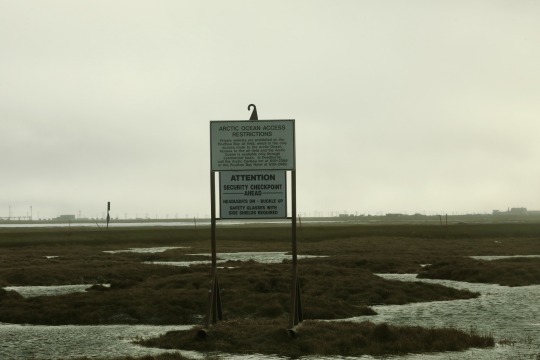
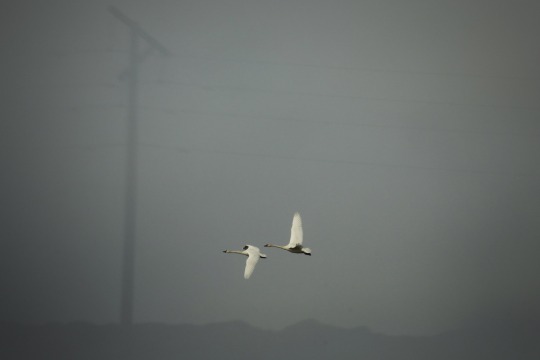
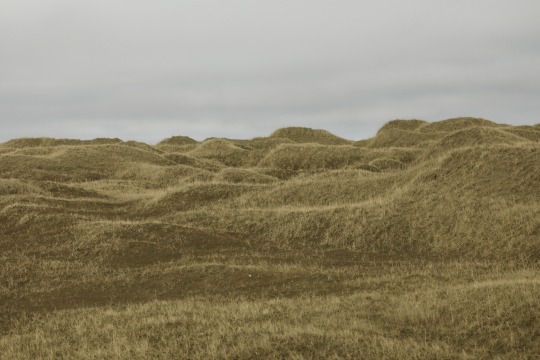

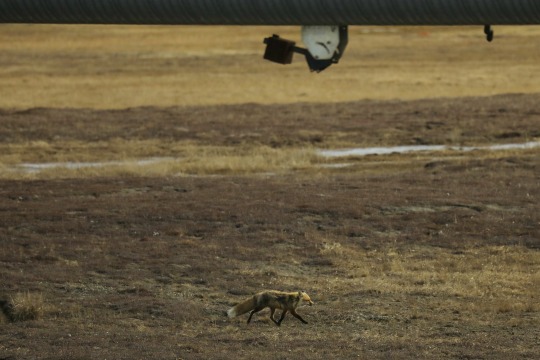


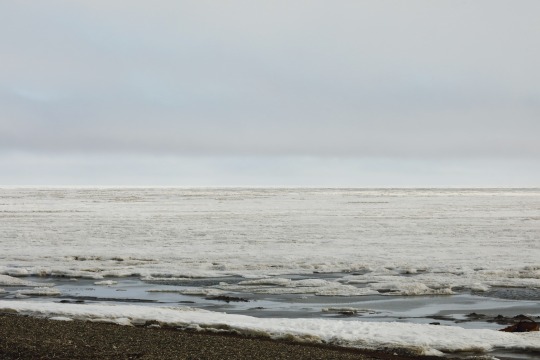
Prudhoe Bay Oil Fields, to the Arctic Ocean
Taken June 2023
#arctic ocean#arctic gothic#red fox#tundra swan#northern pintail#ice#oceans#north slope#oil fields#prudhoe bay#pipelines#deadhorse#alaska#my photos#my places#rlwtstcwtsv
264 notes
·
View notes
Text

On September 12, just south of the Arctic Circle, stones of Iceland's modern Arctic Henge point skyward. During a geomagnetic storm, the northern lights appear across the darkened sky while a stunning fireball meteor explodes. The trail was seen for minutes wafting in the upper atmosphere at altitudes of 60 to 90 kilometers along with the auroral glow.
Image Credit & Copyright: Jennifer Franklin
#astronomy#space#science#universe#meteor#comet#northern lights#northern#lights#glow#Arctic Ocean#arctic#ocean#follow#like#reblog#the first starr#thefirststarr#thefirststar#the first star#nasa#apod#tumblr#blog
114 notes
·
View notes
Photo

Bathymetry of the Arctic Ocean.
by researchremora
116 notes
·
View notes
Text



Teriberka, Murmansk region. Coast of the Barents Sea and the Arctic Ocean.
November 2021.
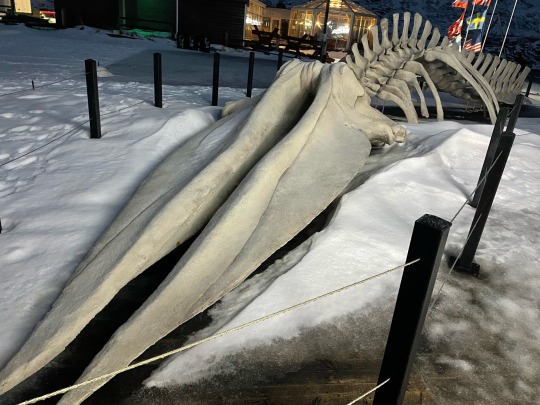
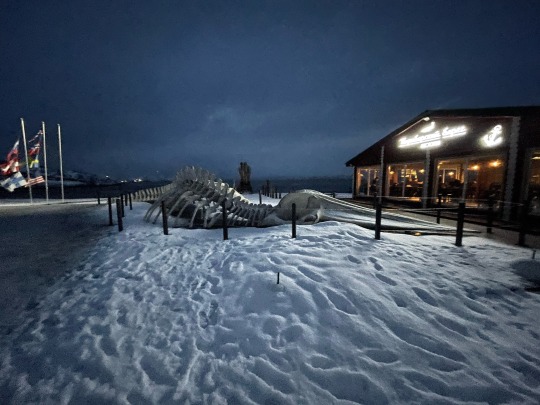
69,20253° С, 35,11484° В

#teriberka#arctic ocean#end of the earth#nord#Battery waterfall#murmansk#russia#6920253° С 3511484° В#waterfall#Barencevo sea
234 notes
·
View notes
Text
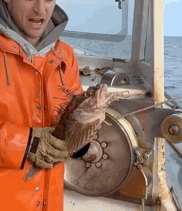
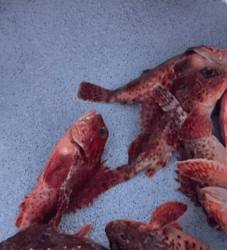







Fish-uary day #19; arctic ocean - sculpin gifset
Event is ran by @fish-daily
xx | xx | xx | xx | xx | xx | xx | xx | xx
#fishuary#fishuary 2024#fishblr#sculpin#gifset#marine biology#not fandom related#arctic ocean#fishermen
32 notes
·
View notes
Text
Separated at Birth?
Our custom widget that checks for duplicated images suggested this unlikely pairing. See the original post for photo source details.

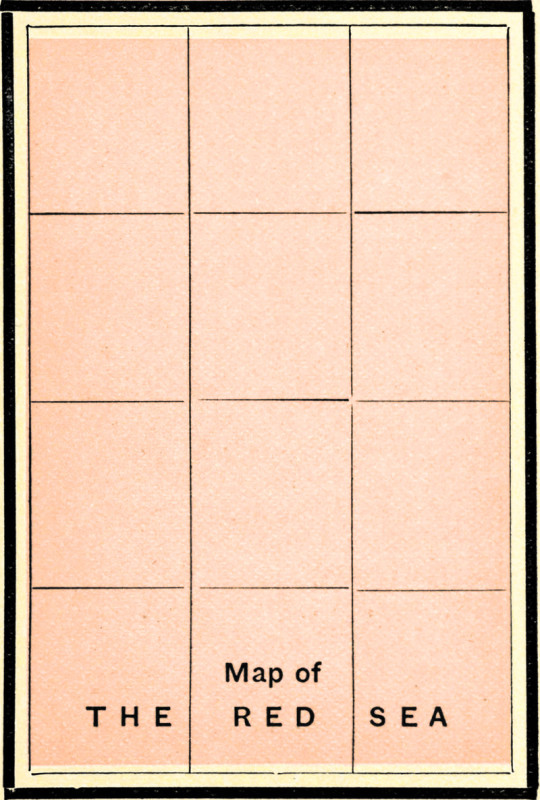
Wondering about this post? Wait for the dissertation (TBA). For now: Weblog ◆ Books ◆ Videos ◆ Music ◆ Etsy
48 notes
·
View notes
Text
Day 19 of Fishuary!
Prompt: Arctic Ocean
—
Ah, the humble arctic skate, amblyraja hyperborea.
So, like… what is the difference between a skate and a ray, anyways? Well, do I have the answer for you!
For one, skates have thicker, fleshier tails. Unlike rays, they do NOT have barbs, but instead have those thorny ridges on their backs that help defend them. But the most blatant difference? Stingrays give birth to live young! Skates lay eggs.

25 notes
·
View notes
Text
This Will be the End of Our Planet
[Video Credit: cancelprojectwillow0 on Tiktok]
The Willow Project has been approved by Biden but there are plans to oppose the action in court. It's our final hope and signing the petition is a way you can help. The Petition is free to sign all it takes is; your name, country and email. There is an option to donate but it is not mandatory to allow you to sign.
Please sign! The goal is to reach 4.5m+ signatures and it is currently at 3.3m
The Earth needs us. This Project will be the end of our planet.
#cancel project willow#project willow#the willow project#earth matters#no planet b#climate crisis#climate change#please sign#petition#help#important#urgent#boost#boost post#change.org#arctic ocean#the arctic#polar bear#arctic fox#arctic wolf#david attenborough#world matters#save planet earth#bidensucks#biden#president biden
97 notes
·
View notes
Photo
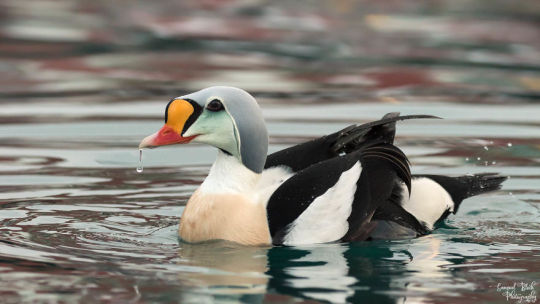
The Striking King Eider
Photographer: Samuel Bloch

Female King Eider

71 notes
·
View notes
Text
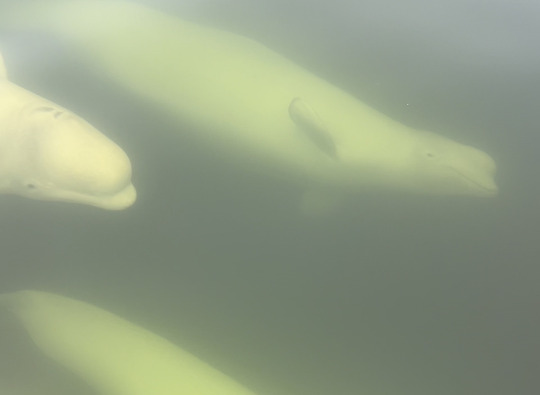
Beluga Delphinapterus leucas
Observed by meggo_edgar, CC BY-NC
#Delphinapterus leucas#beluga#Cetacea#Monodontidae#cetacean#whale#North America#Canada#Manitoba#Arctic Ocean#Hudson Bay
22 notes
·
View notes
Photo
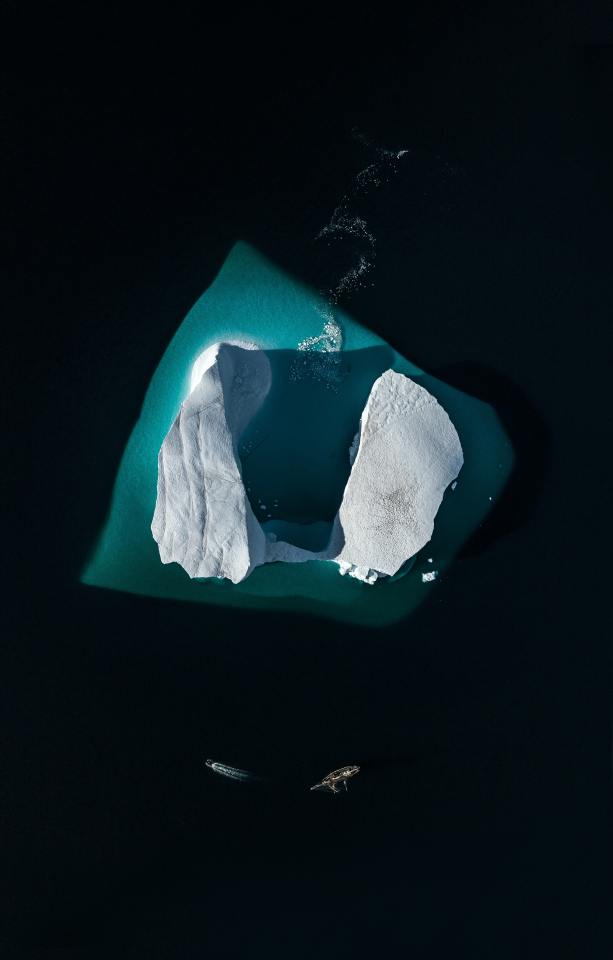
“ Arctic Ocean “ // Annie Spratt
72 notes
·
View notes
Photo




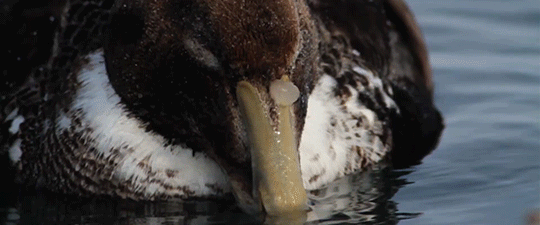


In winter, when the Arctic ocean freezes over, the common eider duck can be found diving for mussels and urchins in polynyas, which are areas of open water surrounded by sea ice. They are protected from the cold by eider down, the warmest feather in the animal kingdom.
BBC Earth
#BBC Earth#arctic#arctic ocean#ducks#common eider#eider duck#aves#Anseriformes#carnivore#getting colder here.. hope u are all as warm as eider ducks <3
136 notes
·
View notes
Text
And please tell me your reasoning in the tags
42 notes
·
View notes
Text

An amazing view of the Arctic ice fields from 30,000 ft.
#original photography#photographer on tumblr#nature#landscape#pws photos worth seeing#water#arctic ocean#ice#amazing views#sun reflection
27 notes
·
View notes